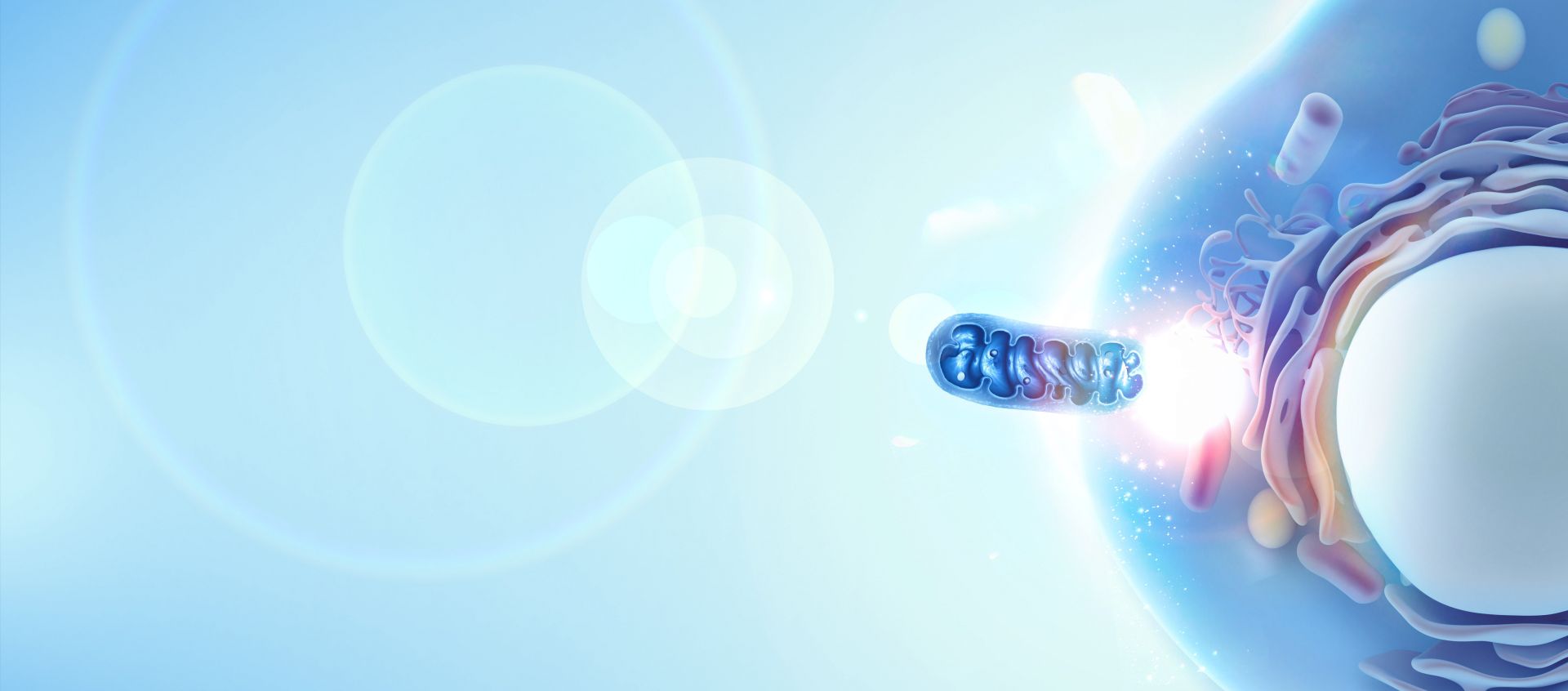News
27.09.2021
CELLVIE featured in Biocentury's Emerging Company Profile
Harvard spinout cellvie is pioneering therapeutic mitochondria
transplantation as a way to rescue cell energy metabolism and
save cells that would otherwise die.
James McCully, a cellvie AG co-founder, developed the approach
at Harvard Medical School to ameliorate ischemia-reperfusion
injury, which is the tissue damage caused when the blood supply
returns after a period of ischemia.
"What Jim observed in conditions of ischemia and reperfusion, like a heart attack, is that the mitochondria within the cells get
damaged due to the undersupply of oxygen,
ultimately leading
to cell death," cellvie CEO Alexander Schueller told BioCentury.
"Interestingly, when you reintroduce the blood flow, there's a
the second wave of cell death, as the oxygen streaming into the cells can no longer be processed by the
impaired mitochondria.
So, to treat ischemia-reperfusion injury, one must treat that
mitochondria damage," he added.
Schueller said he "fell into the medical space" when he cofounded
Adhesys Medical, a surgical adhesive company in
Germany. During his time at Adhesys, he interacted with Pedro
del Nido, chairman of the Department of Cardiac Surgery at
Boston Children's Hospital, whom he had "always wanted to work
with."
After Schueller's company was acquired, del Nido introduced
him to McCully and the concept of therapeutic mitochondrial
transplantation. Schueller said he was "immediately intrigued" at
the potential of mitochondria as a new treatment modality, not
only for ischemia-reperfusion injury, but for any indication that
has a dimension of mitochondrial damage.
The three of them founded cellvie along with Sitaram Emani, who
was the first person to use mitochondrial transplantation
in the clinic. In a pilot study of 24 pediatric patients requiring
postcardiotomy extracorporeal membrane oxygenation
(ECMO) for severe refractory cardiogenic shock after ischemia reperfusion
injury, 10 were treated with intramyocardial autologous mitochondrial transplantation.
"Mitochondria get taken up by the damaged cells, reinvigorate
the cell energy metabolism and help cells survive," said Schueller.
Reported in The Journal of Thoracic and Cardiovascular Surgery, patients who received the transplantation were more likely to successfully separate from ECMO, had a shorter median time
to
functional recovery after revascularization,
and experienced
fewer cardiovascular events.
The mitochondria are suspended in a delivery solution and
administered either directly to the area that lacked blood flow or
through a catheter immediately following revascularization. "For
instance, in the kidney, you would use the renal artery as the port
to introduce the mitochondria," said Schueller.
The mitochondria get taken up by the cells through endocytosis.
Schueller said they've only used autologous mitochondria in patients, but, in animal models,
the therapeutic effect doesn't change when using
allogeneic mitochondria derived from a cell source.
"It seems that mitochondria are immune privileged — we have not seen
that they elicit an immune response or any rejection or deterioration of
cell functions by transplanting foreign mitochondria," stated Schueller.
The company's goal is an allogeneic product. Off-the-shelf mitochondria
are a challenge, however, because they get damaged when frozen. cellvie is actively working on methods to increase shelf life, and
is considering
an "espresso-like machine" that prepares therapeutic mitochondria at
the press of a button.
cellvie envisions applying its mitochondrial transplantation platform to many diseases, starting with ischemia-reperfusion injury after kidney
transplantation, for which it plans to
start a Phase I trial in 2023.
The company anticipates raising a $15-$30 million series A round in late
2022 or early 2023 to support the trial.
Schueller said cellvie is also interested in using therapeutic mitochondrial
transplant to slow or reverse degenerative processes of aging linked to
the mitochondria, and Kizoo Technology Capital, who led the company's
$5 million seed round in January, "brings in a wealth of know-how in the
aging field and a particular interest in pursuing it."
At least one other company is leveraging mitochondria for therapeutic
use, but instead of direct transplantation of the organelle, Minovia Therapeutics Ltd. is enriching CD34+ stem cells with blood-derived
mitochondria
and using the cells to treat primary mitochondrial
diseases. Its lead product, MNV-BLD, is in a Phase I/II trial to treat
Pearson syndrome.


